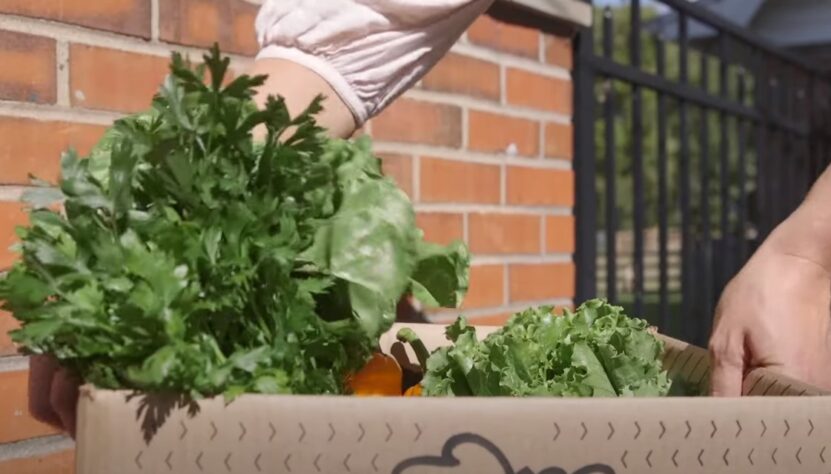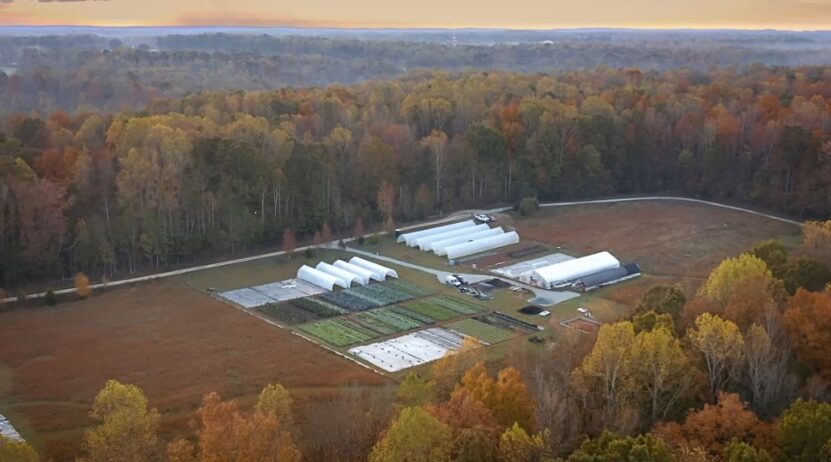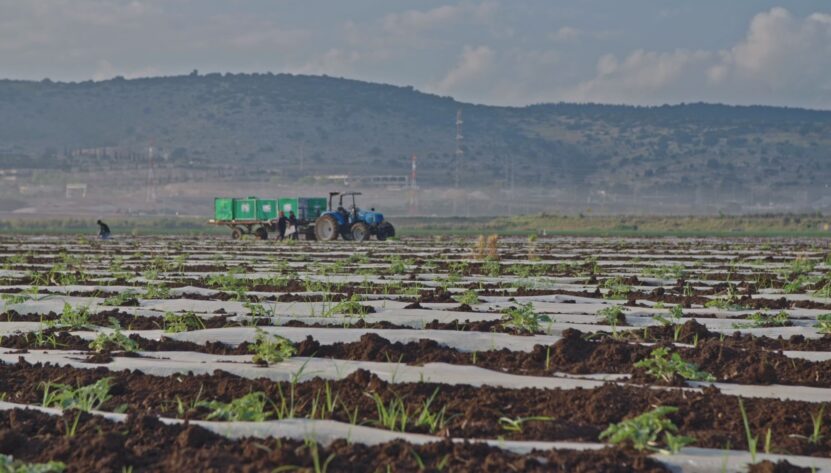If you’ve ever thought about starting a Community-Supported Agriculture (CSA) business, you’re in the right place. CSAs are an amazing way to connect directly with your community, secure some upfront funding, and get fresh produce into the hands of local families. In this post, I will break down how you can start your own CSA, from planning to promotion.
How Does CSA Work?
CSA is fantastic. Basically, it’s where you pay a farm upfront at the start of the season – usually between $400-$700 – and in return, you get a regular delivery of super fresh, local produce throughout the growing season.
The farmers get that upfront cash to help with their crops, and consumers get access to awesome produce for less than they’d pay at the grocery store. Plus, it’s a great way to support your local farmers and get some delicious veggies.
Planning Your CSA

1. Check Local Regulations
First things first – you’ll want to check in with the local authorities. Some areas can be a bit complicated about that on-site distribution, so you might need to get creative with pickup spots or straight-up delivery. You have to make sure you’re playing by the rules in your neck of the woods, otherwise you could run into some legal headaches.
2. Develop a Business Plan
Having a solid business plan is just so important. Make sure to break down all your expenses – stuff like seeds, water, fuel, the land, equipment, and all that labor. It’s crucial to know exactly what your costs are so you can price things right and make sure you’ve got all your bases covered. Here’s a quick checklist for your business plan:
- Cost Breakdown: Seeds, water, fuel, land, equipment, labor.
- Pricing Strategy: Consider market prices, production costs, and community models.
- Marketing Plan: Social media, local events, and referrals.
3. Get Insured
Insurance is just one of those things that has to be on your radar when you’re running a business. It’s that safety net that’s got your back if something goes wrong – like if someone gets hurt at one of your pickup spots or if there’s an issue with the produce.
Protecting that investment is key to making sure your operation can keep chugging along for the long haul. It might seem like a hassle, but it’s better to have that coverage and not need it than to be left high and dry when something unexpected pops up
Building Your CSA Network

1. Meet Potential Members
Start by meeting potential members. Host a community event or an open farm day. Discuss their expectations and what they’re looking for in a CSA. This not only helps build your customer base but also sets clear expectations.
2. Establish a Core Group
A core group can help with the heavy lifting. This group can assist in planning, promoting, and managing the CSA. They can also help spread the word and bring in more members.
3. Create Contracts
Contracts are essential to outline share prices, the length of the season, and what members can expect. Clear communication from the start helps avoid misunderstandings later on.
Managing Your CSA

Share Content
Typically, CSA shares you get are loaded up with about 10 to 20 pounds of all sorts of tasty produce every week. When you’re planning out your garden, make sure you’ve got enough space to grow enough goodies to cover the number of shares you want to support.
Don’t forget to mix it up – include all the seasonal favorites, but try to get a nice variety of crops going, too. Also, you should consider crop rotation at some point. That way, your CSA members will be stoked with all the fresh, homegrown goodness you’re hooking them up with each week.
Engage Members
Keep your members engaged with newsletters and recipes. Share what’s happening on the farm and tips for using the produce they receive. This keeps members excited and informed.
Handle Surplus Produce
Surplus produce? No problem! Consider donating excess crops to food banks. It’s a great way to ensure nothing goes to waste and supports your community further.
Promoting Your CSA

Use Social Media
Social media is your friend in this. It’s a great way to keep everyone in the loop – you can share all the latest updates from the farm, post some sweet pics, and swap stories with your community.
Use Referrals
Word of mouth is powerful. Encourage your current members to refer friends and family. Offer incentives like discounts or free produce for successful referrals.
Local Community Engagement
Participate in local events and farmers markets. It’s a great way to get the word out and meet potential members face-to-face.
The History and Growth of CSAs

CSAs started in Japan in the 1960s due to concerns about pesticides and the loss of farmland. The first U.S. CSA was established in Massachusetts in 1984. Today, there are over 2,500 CSAs in the U.S., with more than 100 in North Carolina alone.
Who Can Start a CSA?
CSAs can be initiated by producers, members, multiple producers, or organizations such as businesses and schools. This flexibility means there are many ways to start and run a successful CSA.
Additional Offerings
Consider offering more than just vegetables. Many CSAs include fruits, herbs, meats, cut flowers, dairy products, and baked goods. Sometimes, these are supplemented by products from other local farms, adding value for your members.
Flexible Payment Plans
Many CSAs offer flexible payment plans. Some members may prefer to pay in full upfront, while others might opt for installment payments. Flexibility can make your CSA more accessible to a wider audience.
Social and Educational Events
Host social and educational events for your members. This enhances community ties and provides a direct connection to the food production process. It’s a win-win for everyone involved.
Summary
Starting a CSA can be incredibly rewarding. It’s not just about growing food but helping your community grow as well. Plan carefully, engage with your members, and promote your CSA effectively, and you will be able to build a thriving business that benefits both you and your community.
Related Posts:
- How to Start Your Backyard Permaculture Garden Today
- Start Your Own Cooperative Farming Initiative: A…
- How to Plan and Start a Community Garden - Tips for Success
- How to Construct a Root Cellar in Your Backyard -…
- Mastering Crop Rotation to Boost Your Garden's…
- 24 Hottest Fire Pit Ideas and Designs 2023 - Heat In…








